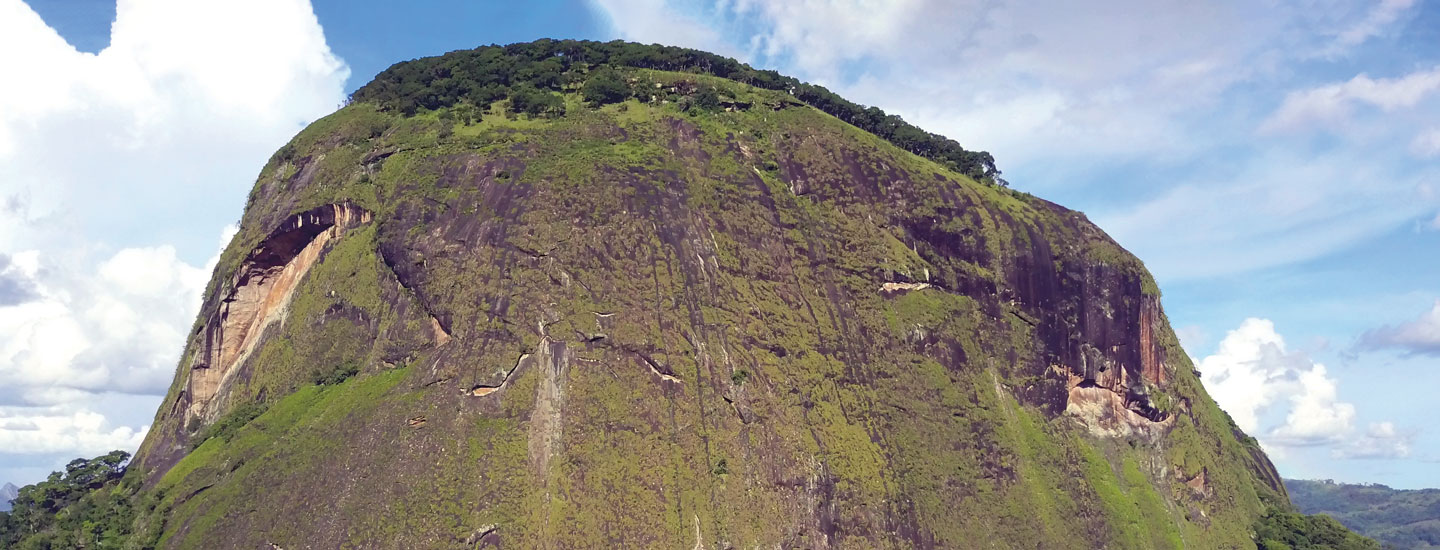JIM MCMAHON/MAPMAN®
A few years ago, ecologist Julian Bayliss was searching through satellite images of the African country of Mozambique when something caught his eye. In the middle of a grassy plain crossed by dirt roads and dotted with trees was a mountain with a round patch of dark green forest at the top. Bayliss’s heart skipped a beat.
Bayliss was looking for hard-to-reach forests that may harbor species of animals and plants unknown to science. This mountain had steep, smooth sides and looked like a fortress. Was it possible that the landform was so inaccessible that no people had ever been up there? “I had to go and take a look for myself,” says Bayliss.
A few years ago, ecologist Julian Bayliss was searching through satellite images of Mozambique, a country in Africa. He saw a grassy plain with dirt roads and trees. In the middle of it, something caught his eye. It was a mountain with a round patch of dark green forest at the top. Bayliss’s heart skipped a beat.
Bayliss was looking for hard-to-reach forests. They might hold animals and plants that are new to science. This mountain had steep, smooth sides. It looked like a fortress. The landform seemed very hard to reach. Was it possible that no people had ever been up there? “I had to go and take a look for myself,” says Bayliss.

